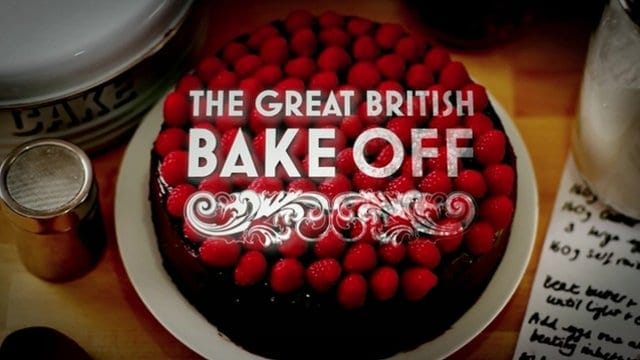The Great British Bake Off has become a cultural phenomenon, celebrated for its charming contestants, delightful creations, and the occasional “soggy bottom” debacle. But beyond the comforting confines of the tent, lies a world of cakes so bizarre, so steeped in history and odd traditions, that they’d likely never make it onto the show. Let’s explore ten such cakes that are just too weird for TV.
Witch Cakes
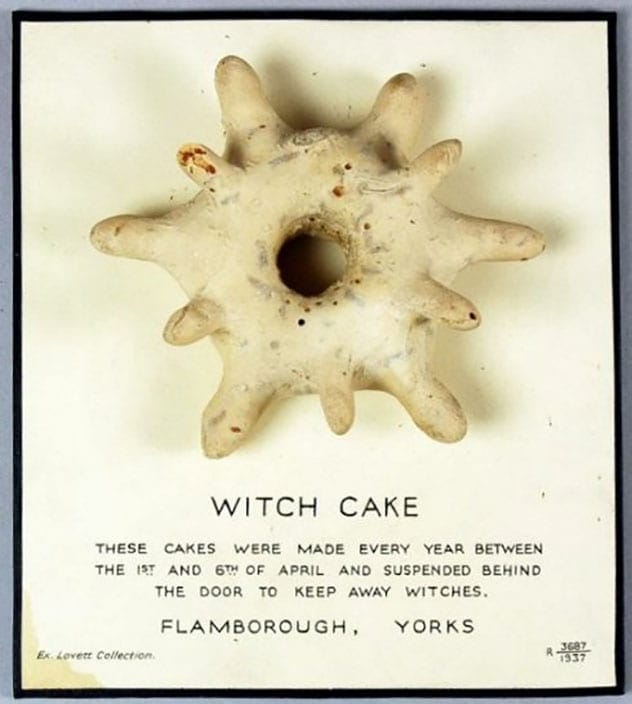
For centuries, witches were feared figures, blamed for everything from spoiled milk to crop failures. To ward off their curses, people used amulets and, in some parts of Yorkshire, baked special Witch Cakes. These spiky cakes, made each year between April 1st and 6th, featured a hole reminiscent of a hagstone, believed to repel evil. The Pitt Rivers museum in Oxford has an example. According to a researcher, hanging a Witch Cake and replacing it annually would bring good luck and keep witches away. Forget your typical birthday cake; this is a cake with a magical purpose.
Urine Witch Cakes
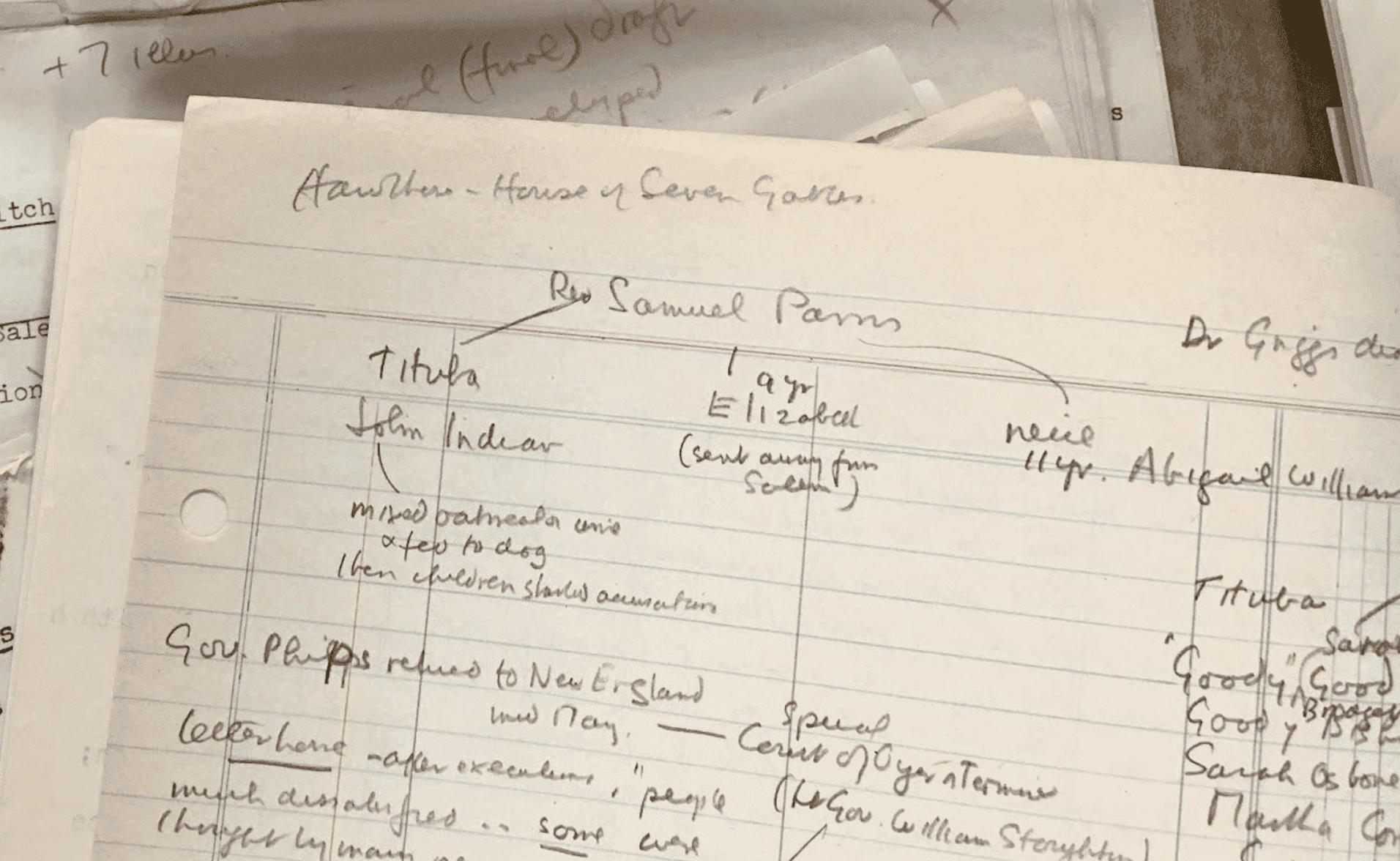
Sometimes, warding off evil required more drastic measures. If you found yourself bewitched, a Urine Witch Cake might be your bizarre solution. In 1683, a doctor in Yorkshire prescribed a cake made from a cursed patient’s hair and urine, mixed with wheat and horseshoe stumps. Thankfully, the patient didn’t have to eat it; the cake was thrown into a fire. These cakes gained notoriety during the Salem Witch Panic, where they were fed to dogs to identify witches. Tituba, who made such a cake, was later accused of witchcraft herself, highlighting the dangers of dabbling in such culinary practices.
Whirlin’ Cakes

Cakes aren’t always a defense against evil; sometimes, they attract it. In Ely, the fifth Sunday after Lent was dedicated to Whirlin’ Cakes. While the exact recipe is lost, a tale explains their name. An old lady, proud of her delicious cakes, hosted a party where a stranger devoured them with unmatched enthusiasm. Unfortunately, the stranger was the Devil in disguise, who then turned into a whirlwind and stole all the cakes. This is one way to earn a Hollywood Handshake, I guess?
Parkin
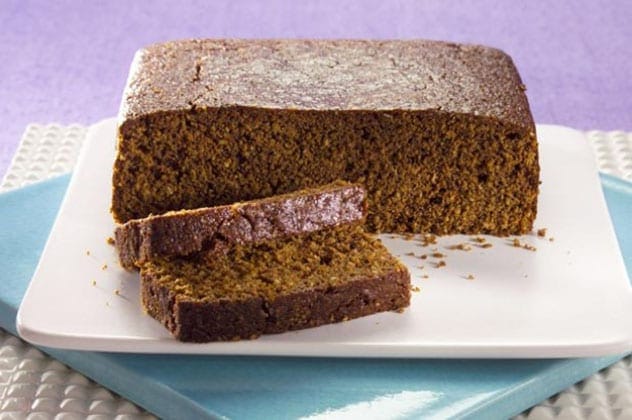
Parkin, a gingery cake popular in Northern England, has a surprising connection to dragons. One legend from Filey Brigg tells of villagers offering a ravenous dragon huge amounts of Parkin. Once the dragon’s jaws were stuck together by the cake, they killed it, and its body turned to stone, forming Filey Brigg. Another version credits Richard Parkin’s wife for inventing the cake that put the dragon to sleep, causing it to drown. So, if you ever encounter a dragon, parkin might be your best bet.
Groaning Cake
When a woman went into labor, it was traditional to bake a Groaning Cake. Some believed the aroma aided the mother, while others in Cambridgeshire added gin to boost its efficacy. After the birth, slices were given to strangers and single women. The women could throw the cake over their right shoulder and walk backwards to bed, dreaming of their future spouse if they fell asleep before midnight. This cake combines culinary tradition with a hint of romantic divination.
Dumb Cake
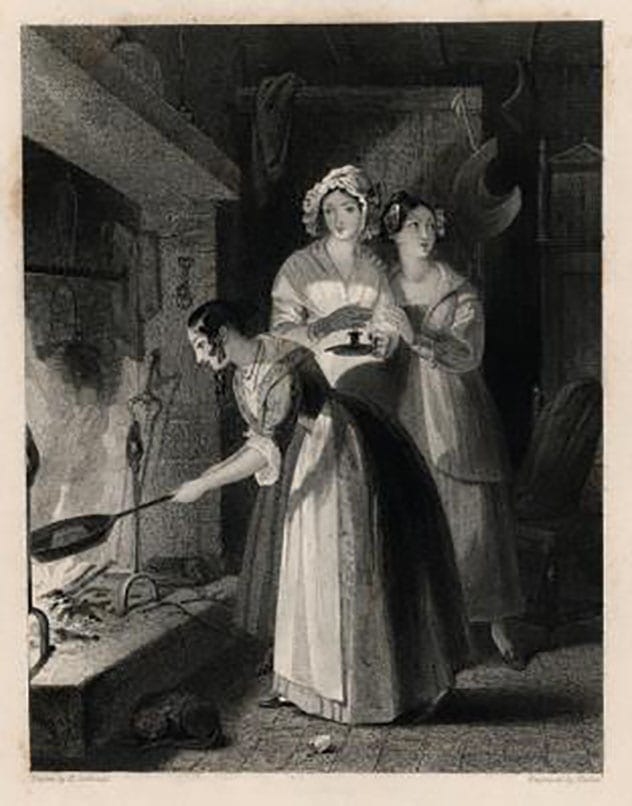
If waiting for a birth to dream of your future love felt too long, the Dumb Cake offered an earlier opportunity. Popular on St. Agnes’ Eve, young women would gather to bake this cake in complete silence. The recipe was not appealing. One description mentions ingredients like flour, eggs, eggshells, soot. After baking, they would eat it and retire to bed backwards without speaking. If the ritual worked, their dreams would reveal their future husbands. A silent bake for a glimpse of romance—sounds intense.
Pope Ladies

In Hertfordshire, Pope Ladies, or Popladies, were served. These human-shaped buns often decorated with dried fruit for eyes, could be unsettling to eat. An 1819 visitor described them as “long and narrow, rudely resembling the human figure.” Legend says that a group of travelers, lost near St Albans, were guided to safety by a light from the city’s clock tower. The ladies left money for cakes to be given to the poor. Because monks distributed these cakes, they became known as Pope’s Ladies.
Beltane Cakes

Beltane, a Gaelic holiday marking the start of summer, involved bonfires and Beltane Cakes. The bonnach bea-tine was distributed to those around the fire, with one piece marked. The unlucky recipient, called ‘cailleach beal-tine,’ faced a ritual sacrifice, being carried towards the fire or pelted with eggshells. Sometimes, oatcakes shaped like humans were used, with one rubbed in ashes. The person who drew this cake faced a pretend sacrifice. A cake with a side of (mock) danger!
Bull Cakes

In Herefordshire, a tradition involved giving cakes to bulls for a good harvest. This rhyme captures the essence: “Fill your cups my merry men all, For here’s the best ox in the stall… let us crown him with the 12th cake.” The bull didn’t eat the cake, but instead wore it on its horns. The cake had a hole and was placed on the bull’s horn to predict the harvest. If the bull tossed the cake forward, it foretold a good harvest; backwards, a poor one. If the bull refused to cooperate, it might get poked or have cider thrown in its face.
Biddenden Maids
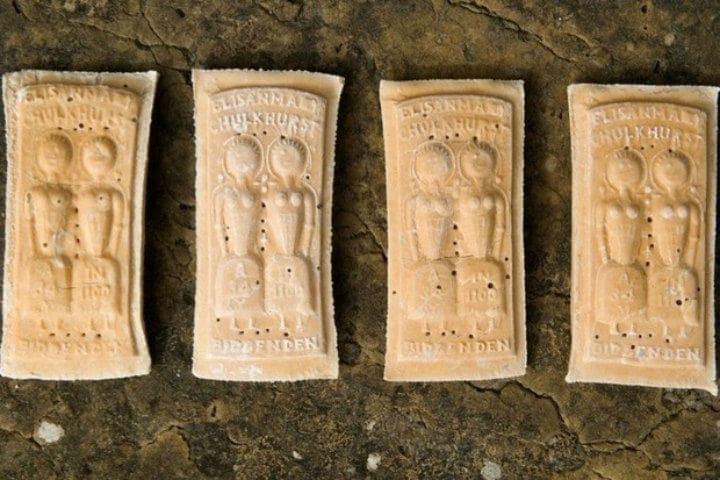
The village of Biddenden features a sign of Elisa and Mary Chulkhurst, conjoined twins born in 1100 AD. Each year, cakes in the shape of the two ladies are handed out to commemorate their lives. The Biddenden Maids left land to the local church, the income from which was used to buy food for the poor and make the cakes. While still given out, these cakes made from flour and water, are hard and mostly kept as souvenirs. Some are even made of plaster!
These ten cakes, steeped in history and bizarre traditions, are unlikely to appear on The Great British Bake Off. From warding off witches to predicting harvests, these baked goods showcase the stranger side of culinary history.
Which of these cakes surprised you the most? Leave your comment below!


